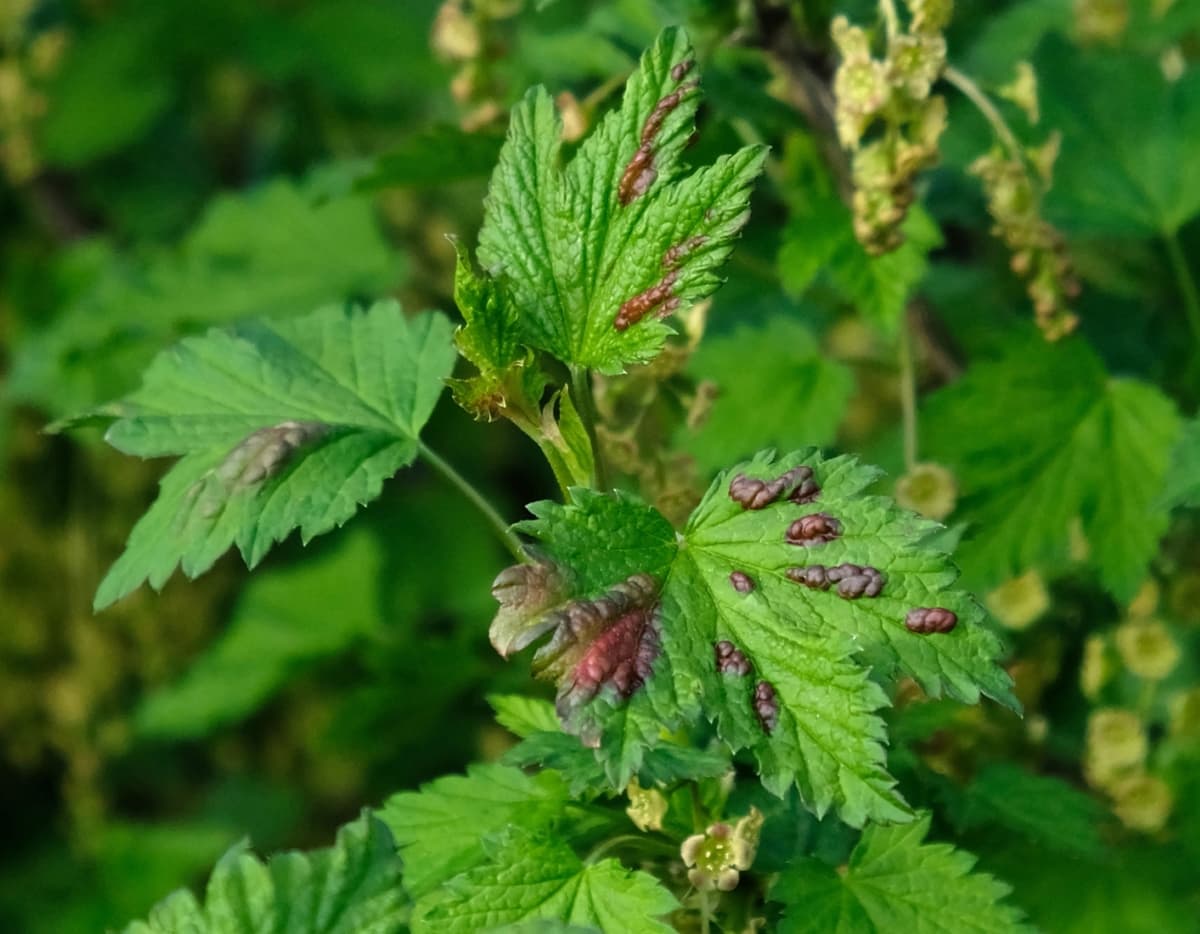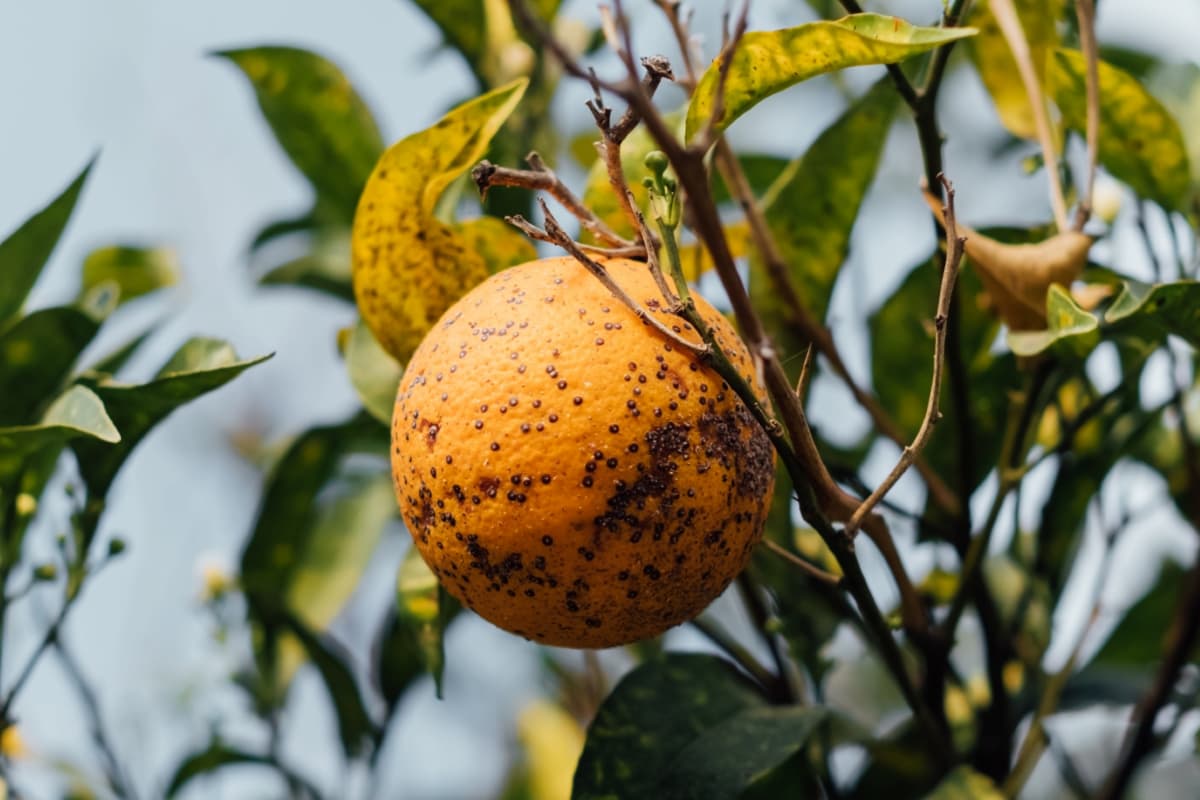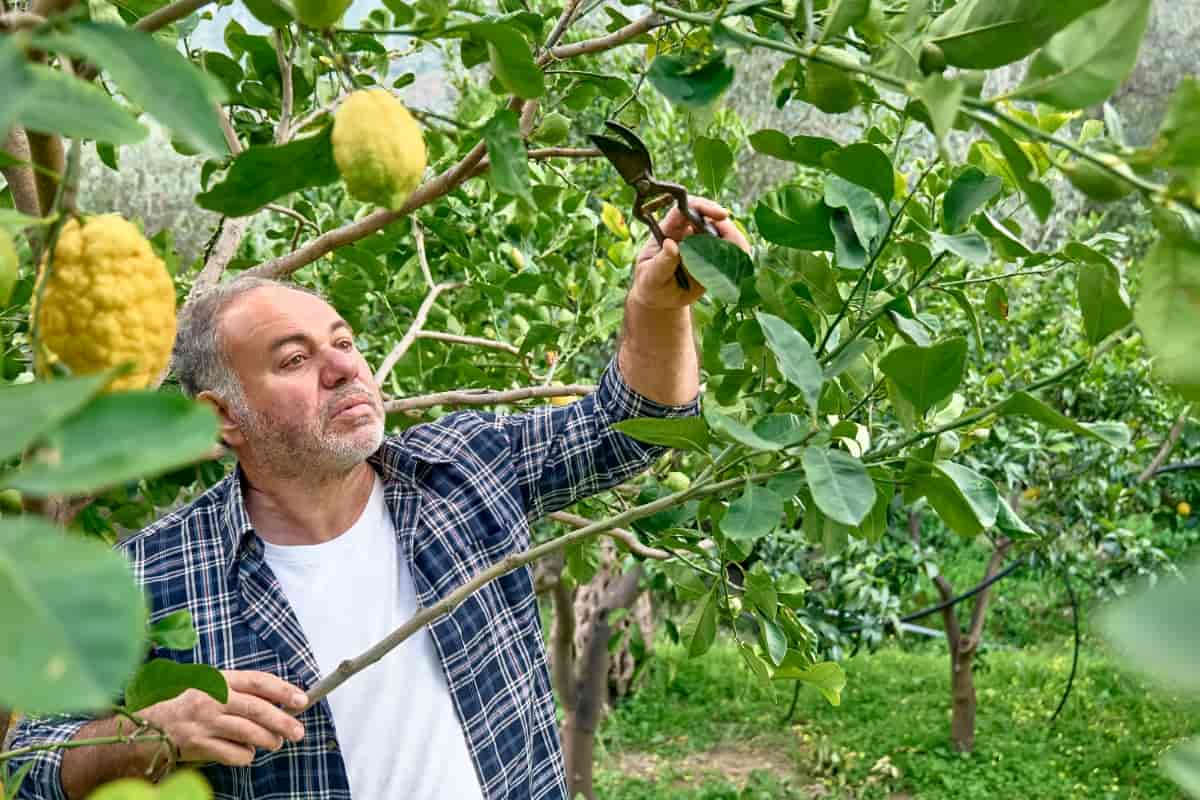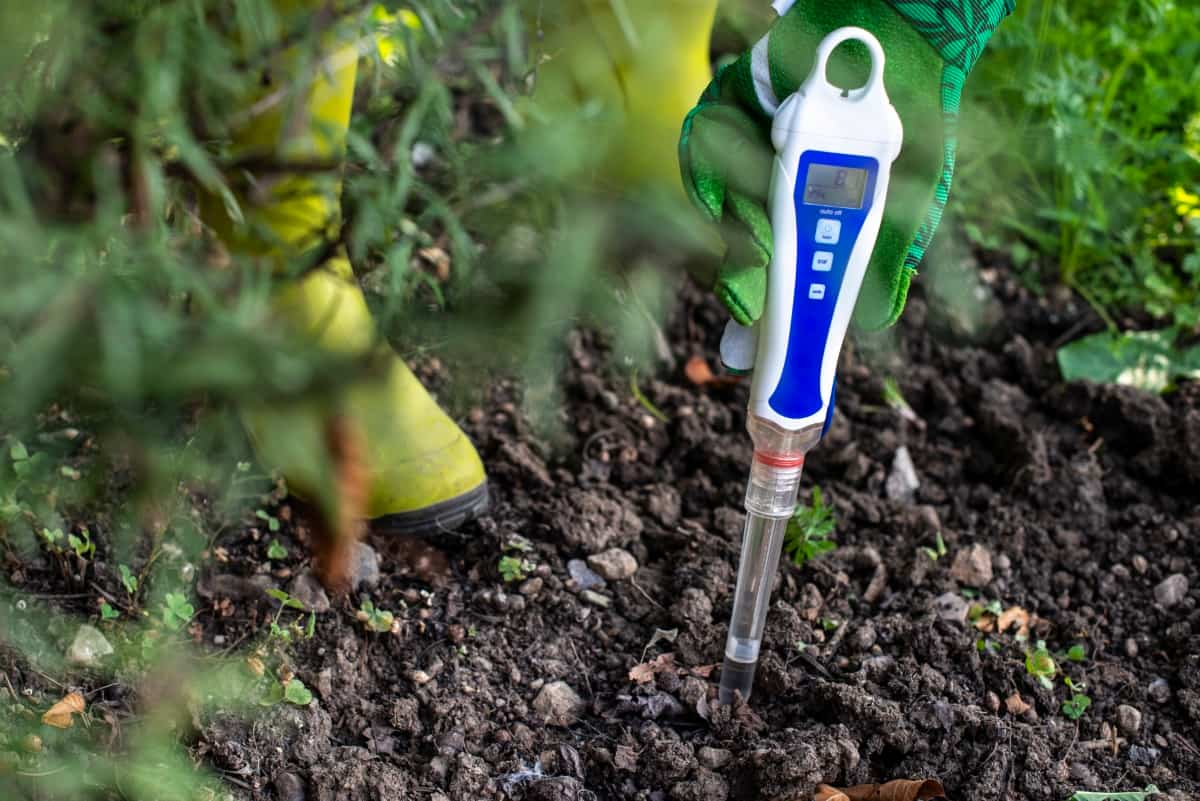Anthracnose is a disease caused by fungi that affects many fruit trees, such as apple, mango, avocado, citrus, and grape. It causes brown or black spots on leaves, flowers, and fruits, leading to defoliation, dieback, and fruit rot. Anthracnose can reduce the yield and quality of the fruit and, in severe cases, kill the trees. Therefore, using various methods, it is important to prevent and control anthracnose disease in fruit trees.

How to Prevent Anthracnose Disease in Fruit Trees
Anthracnose Disease Characters in Fruit Trees
Anthracnose is a disease caused by fungi from the Colletotrichum, Neofabraea, Sphaceloma, and Cryptosporiopsis genera. It affects fruit trees at different growth stages and presents various symptoms. Common symptoms include small, circular, or irregular dark or brown spots on leaves, stems, flowers, fruits, and other plant parts. Necrosis, resulting in holes, cracks, or recessed areas on the plant surface, may separate from healthy tissue, forming cankers or galls.
Leaves and shoots may wilt, yellow, curl, or distortion, and the tree may experience reduced growth, vigor, and productivity. The fungi can survive in infected debris or soil and spread through wind, water splashes, insects, animals, tools, or human activities. They can infect plants through natural openings or wounds, and warm and humid weather conditions are more conducive to the infection.
Selecting Resistant Varieties
To prevent anthracnose disease in fruit trees, choosing resistant or tolerant varieties is essential. Resistant varieties have genes that limit fungi infection, while tolerant varieties can recover without significant damage. These varieties can reduce the chemical fungicides and improve fruit yield and quality. Examples include Apple (Enterprise, GoldRush, Liberty), mango (Alphonso, Haden), avocado (Hass), citrus (Valencia orange), and grape (Concord).
Proper Planting and Care
Proper planting and care are essential to prevent anthracnose disease in fruit trees. This includes choosing healthy, disease-free materials from reputable sources, planting in well-drained soil with adequate organic matter, spacing the trees appropriately for good air circulation and sunlight penetration, watering regularly but avoiding overwatering or wetting the foliage, using drip irrigation or soaker hoses instead of sprinklers or overhead irrigation, fertilizing the trees according to their needs and soil test results, and mulching the soil around the trees with organic materials like straw. Following these tips, fruit trees can be more resilient.
Sanitation and Removal of Infected Materials
To prevent anthracnose disease in fruit trees, it is crucial to promptly remove and dispose of infected plant materials. This can reduce the amount of inoculum infecting new or re-infecting plants. To ensure sanitation, prune off branches or twigs with signs of cankers or lesions, cut at least 6 inches below the visible symptoms, and disinfect pruning tools.
In case you missed it: Banana Anthracnose Disease Management: Symptoms, Treatment, Chemical, Biological, and Organic Control

Discard fallen leaves, fruits, or flowers that show signs of decay; do not compost or use them as mulch. Remove and replace severely infected or dead trees, dig up the root system, and burn or bury the plant material. Clean and sanitize any tools, equipment, or containers in contact with infected plants.
Avoiding Overcrowding
- Avoid overcrowding by removing excess branches or shoots that cross or compete with each other. This will improve the tree’s shape and structure, allowing more light and air to reach the inner canopy.
- Following recommended guidelines, maintain a proper distance between trees based on their mature size and growth habit.
- Avoid planting other crops or plants near fruit trees that can compete for space, water, nutrients, or light. Choosing compatible plants that attract beneficial insects, repel pests, or fix nitrogen.
Protective Coatings and Sprays
To prevent anthracnose disease in fruit trees, protective coatings or sprays can be applied to the plant surfaces. These coatings can form a physical barrier, preventing fungi from infecting the plant tissue and inhibiting the growth or germination of spores. Examples include lime sulfur, copper, Kaolin clay, and baking soda.
Lime sulfur kills overwintering spores; copper interferes with enzyme activity and cell membrane function. Kaolin clay creates a film that prevents spore adhesion, and baking soda raises the pH of the plant surface, making it less favorable for fungal growth. These coatings can be applied during the growing season to prevent the spread.
Timely Pruning
To prevent anthracnose disease in fruit trees, pruning them at the right time and in the right way can improve their health, vigor, shape, structure, light, and air circulation. When you prune trees, do it during the dormant season (late winter or early spring), when they are less likely to get infected by fungi.
Do not prune when wet or humid outside, and do not cut at least 6 inches below the visible symptoms of anthracnose. Also, eliminate any branches that are dead, diseased, damaged, or weak, and eliminate any that cross, rub, or compete with each other. Finally, please eliminate too-long, dense, or low branches, as they can block light and airflow.
In case you missed it: Mango Anthracnose Disease Management: Symptoms, Treatment, Chemical, Biological, Natural, and Organic Control

Soil pH Management
Anthracnose is a disease that affects many fruit trees, such as mango, banana, avocado, papaya, and passion fruit. It causes dark, sunken lesions on leaves, stems, flowers, and fruits, leading to premature defoliation and fruit rot. Anthracnose can spread quickly in moist and warm conditions. Anthracnose fungi prefer acidic soils, so maintaining a neutral or slightly alkaline soil pH can help reduce the disease severity. You can test soil pH with a kit or a meter and adjust it accordingly with lime or sulfur. A soil pH of 6.5- 7.5 is ideal for most fruit trees.
In case you missed it: Anthracnose Management in Green Gram/Mung Bean: Symptoms, Identification, Treatment, Chemical, Biological, Natural, and Organic Control

Irrigation Management
Watering your fruit trees properly can also prevent anthracnose. Avoid overhead watering that splashes water on the leaves and fruits, as this can spread the fungal spores. Instead, use drip irrigation or soaker hoses that deliver water directly to the roots. Water your trees early in the morning or the evening so the foliage can dry quickly.
Biological Control Methods
Some beneficial microorganisms can help suppress anthracnose by competing with or antagonizing the pathogenic fungi. For example, you can apply compost tea or extracts to your fruit trees, as they contain beneficial bacteria and fungi that can enhance soil health and plant immunity. You can also use commercial products containing Bacillus subtilis or Trichoderma harzianum, which inhibit anthracnose.
Monitoring and Early Detection
Regularly inspect your fruit trees for any signs of anthracnose, such as brown or black spots on the leaves, stems, or fruits. If you notice any infected plant parts, remove, and destroy them immediately to prevent the disease from spreading. You can also use sticky traps or pheromone traps to monitor the presence of insect pests that can vector anthracnose, such as thrips or mites.
Conclusion
Anthracnose is a common and serious fungal disease that affects many fruit trees. It can reduce yield and quality of your fruits and damage your trees. To prevent anthracnose, you must manage your soil pH, irrigation, biological control methods, and monitoring and early detection. Following tips, you can protect your fruit trees from anthracnose and enjoy a healthy and productive harvest.
- Beneficial Insects in Pest Management
- Natural Solutions for Pest Control in Flower Gardens
- Types of Fungicides Used in Agriculture
- Common Issues in the Fruit Development Stage of Pomegranate Farming
- Fruit Development Issues in Papaya: Easy Solutions and Treatment
- Soil-Borne Diseases and How to Protect Your Plants
- Practices to Prevent Disease Spread in the Garden
- From Wilted to Thriving: How to Treat Root Rot Naturally in Houseplants
- Natural Remedies to Cure Brown Spots on Fig Tree Leaves